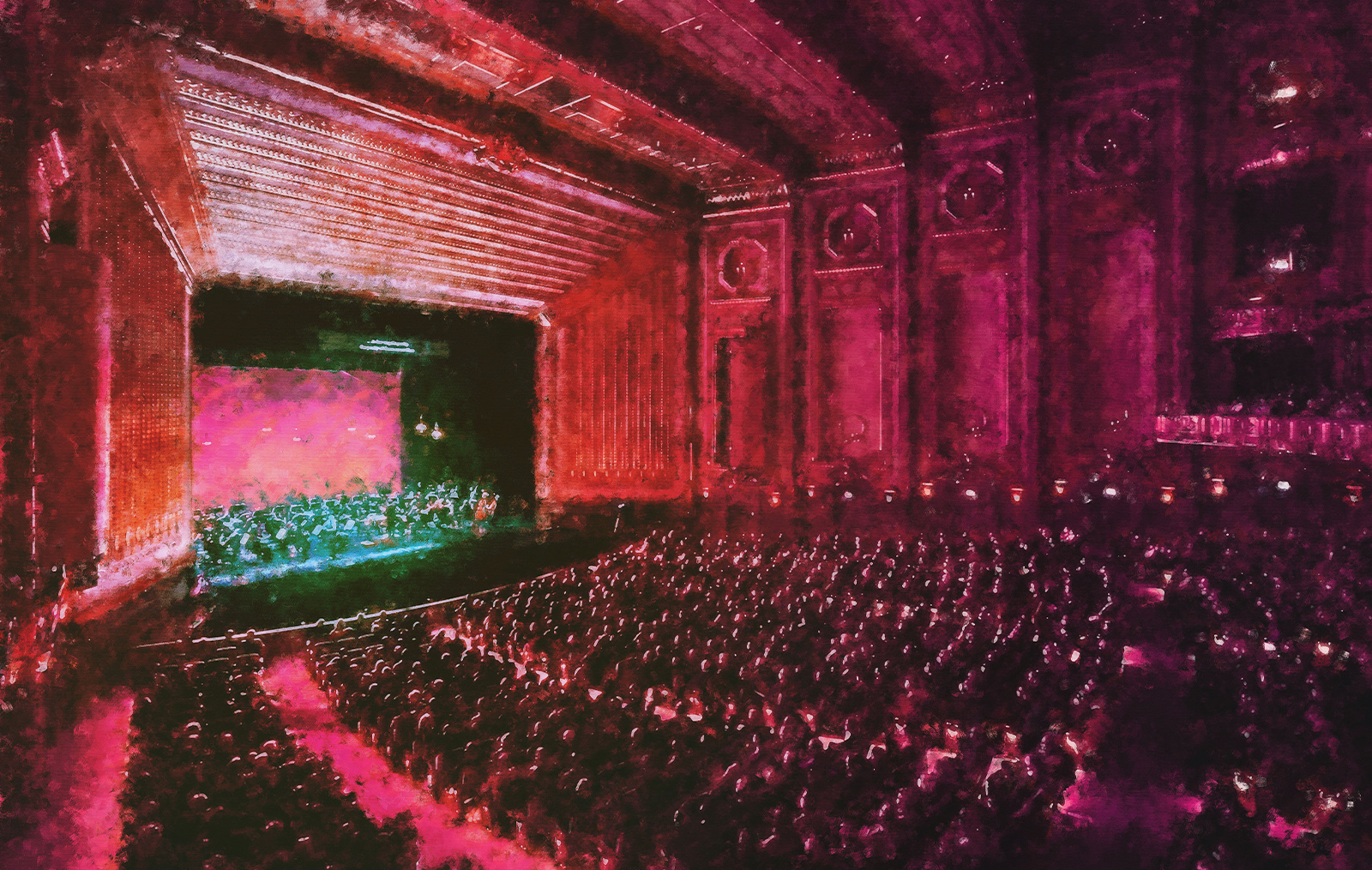March 19, 2024
Masterpieces composed years apart, brimming with drama
Wolfgang Amadeus Mozart’s incidental music for the play Thamos, King of Egypt was commissioned in 1773 by the playwright/diplomat Baron Tobias Philipp von Gebler while he was visiting Vienna, where the work was first performed in April 1774. The play received a muted reception (and is considered notably clunky today), but, “like its … peripatetic creator,” as musicologist Jennifer More has noted, “Thamos traveled as well.” Two years later, the music was performed in Salzburg, and in 1779 Mozart expanded the work for the theater impresario Johann Heinrich Böhm, whose troupe was frequently in residence there. The drama was not performed then, but Böhm used the music later with Karl Martin Plümicke’s play Lanassa, adding, as a kind of overture, the first movement of Mozart’s Symphony in E-flat major, K. 184, an addition still traditionally included today. This composition proved something of a hit, and Böhm performed it numerous times, including at the coronation festivities for Emperor Leopold II in 1790.
In style and substance, Thamos has been frequently compared to The Magic Flute (1791); the scholar Maynard Solomon describes the play itself as “quasi-Masonic,” and indeed, von Gebler was prominent in the New Crowned Hope lodge, which Mozart would join several years later. The play centers on the marriage of Prince Thamos and Princess Tharsis, who are united under the guidance of Sethos, High Priest of the Temple of the Sun — though thwarted, all the while, by a spiteful female villain.
The instrumental interludes and choruses of Thamos are rich in dynamic contrast and drama (one scholar describes the work as the 18th-century equivalent of a film score), with an overall thematic movement from darkness into light. H. C. Robbins Landon notes that the Thamos music possesses “soul-enhancing strength,” and various sources reveal that both Mozart and his father valued the work highly. In 1783, Leopold included the score in a batch of manuscripts he sent to his son, then back in Vienna. “I am extremely sorry that I shall not be able to use the music of Thamos,” Mozart wrote back, “but this piece … is now among the rejected works which are no longer performed. For the sake of the music alone it might possibly be given again, but that is not likely. Certainly it is a pity!”
The provenance for the Requiem Mass in d minor is similarly complex, albeit far more bittersweet. The biographer Franz Xaver Niemetschek, to whom Mozart’s widow, Constanze, first relayed the tale of the piece's composition, noted that “the story of his last work… is as obscure as it is strange.” All mythologizing aside, the work (like Thamos) unquestionably originated with a commission, this time in the summer of 1791 from Count Franz Walsegg-Stupach, a fellow Freemason, to be used for a service for his recently deceased young wife; he may have planned to pass the music off as his own. Though the downpayment was robust, Mozart did not rush to complete the Requiem, turning his attention instead to work on La clemenza di Tito and The Magic Flute, not to mention the Clarinet Concerto, K. 622.
Mozart fell seriously ill around November 20, and continued work on the Mass even on December 4, when (according to an 1825 account by his sister-in-law) he supervised a small-scale read-through at which his former pupil, Franz Xaver Süssmayr, was present. Mozart died on December 5, 1791, before the Requiem was complete. Seeking the balance of the fee, Constanze first enlisted another former pupil, Joseph Eybler, to complete the work. He gave up, and the task eventually reached Süssmayr, who orchestrated the Kyrie and completed the Lacrimosa. He later claimed to have composed the Sanctus, Benedictus, and Agnus Dei, although that has been disputed; still, there is no extant autograph material for those sections.
The overall work — sometimes doleful (as with the low woodwinds’ opening bars), sometimes unswervingly dramatic — has enjoyed long life in both concert halls and popular culture. Excerpts from the Lacrimosa appear in The Crown (Netflix) and Peaky Blinders (BBC), and in the cult classic film, The Big Lebowski. Stanley Kubrick used the Rex tremendae in Eyes Wide Shut, and the Dies irae drives the action in X-Men 2, when a bad-guy mutant attacks the White House. This writer heard Requiem excerpts repeatedly in car commercials aired during baseball games last summer. And the fictional scenes of Mozart dictating the work to his rival, Antonio Salieri, in the film Amadeus are so captivating as to seem a true telling.
Mozart may well have described plans with various levels of detail for finishing the work — and Constanze reported that Süssmayr had gathered scraps of paper from Mozart’s desk — though such notes have not survived. What is sure is that in the Requiem can be heard the last plaintive notes of the composer’s incandescent, all-too short life.
